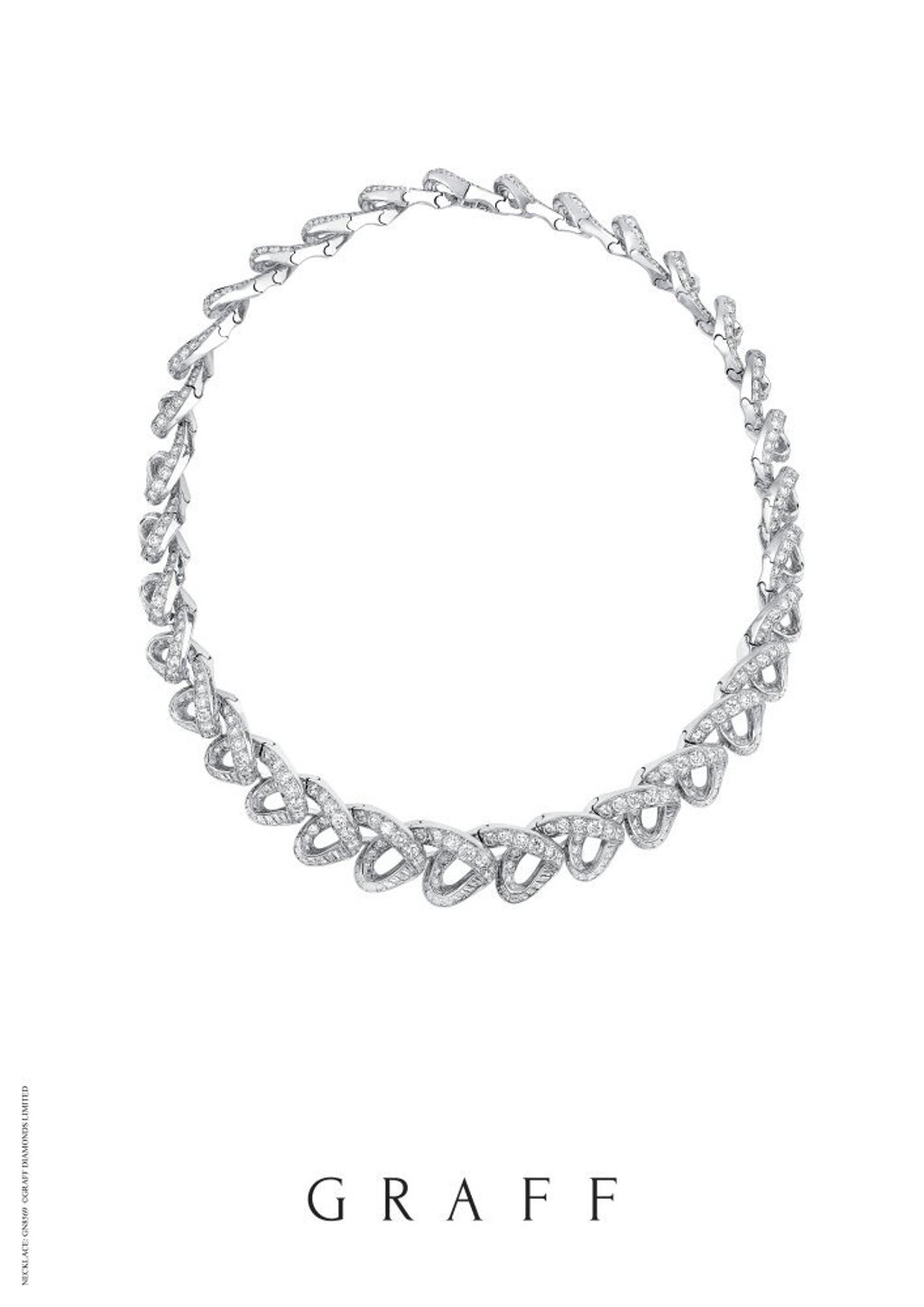High culture breeds high jewellery – how Van Cleef & Arpels, Graff and Chaumet craft sophisticated pieces inspired by opera, ballet and contemporary art

- Van Cleef & Arpels’ ballet connection is so strong that it inspired George Balanchine to create Jewels featuring music by Tchaikovsky, Stravinsky and Fauré
- Graff’s Inspired by Twombly collection nods to the American contemporary artist, while Buccellati looked to Monet, Rubens and Cézanne for its Art collection
Van Cleef & Arpels has long been associated with refinement and elegance, and ballet captures the essence of strength and femininity for which the brand is famous.
Louis Arpels, a fan of ballet, shared his love for the dance form with his nephew, Claude, and the pair would frequent the Paris Opera. It was from there Van Cleef & Arpels’ iconic ballerina clips first took shape. Two decades later, in the 1940s, the first ballerina clips were created in New York, a city in which the jeweller had gained a prominent presence.

The design depicts a ballerina in various positions and poses, each with a rose-cut diamond face. Diamonds and coloured gems come together to create intricate tutus and leaping, twirling and en pointe figures.
Jewels was lauded as a masterpiece, with Balanchine’s professional reputation and friendships making way for collaboration with famous composers. Three of the biggest names in classical music lent their creativity to the performance’s three acts: Gabriel Fauré for Emeralds, Igor Stravinsky for Rubies and Pyotr Ilyich Tchaikovsky for Diamonds.
Van Cleef & Arpels’ collection of clips, of course, finds inspiration beyond emeralds, diamonds and rubies. The house also makes use of crafts such as enamelling to bring fluidity and life to the designs. In the latest collection, rubies, blue sapphires, pink sapphires and tsavorite garnets are used alongside enamel, vibrantly capturing the energy and power of ballet.
